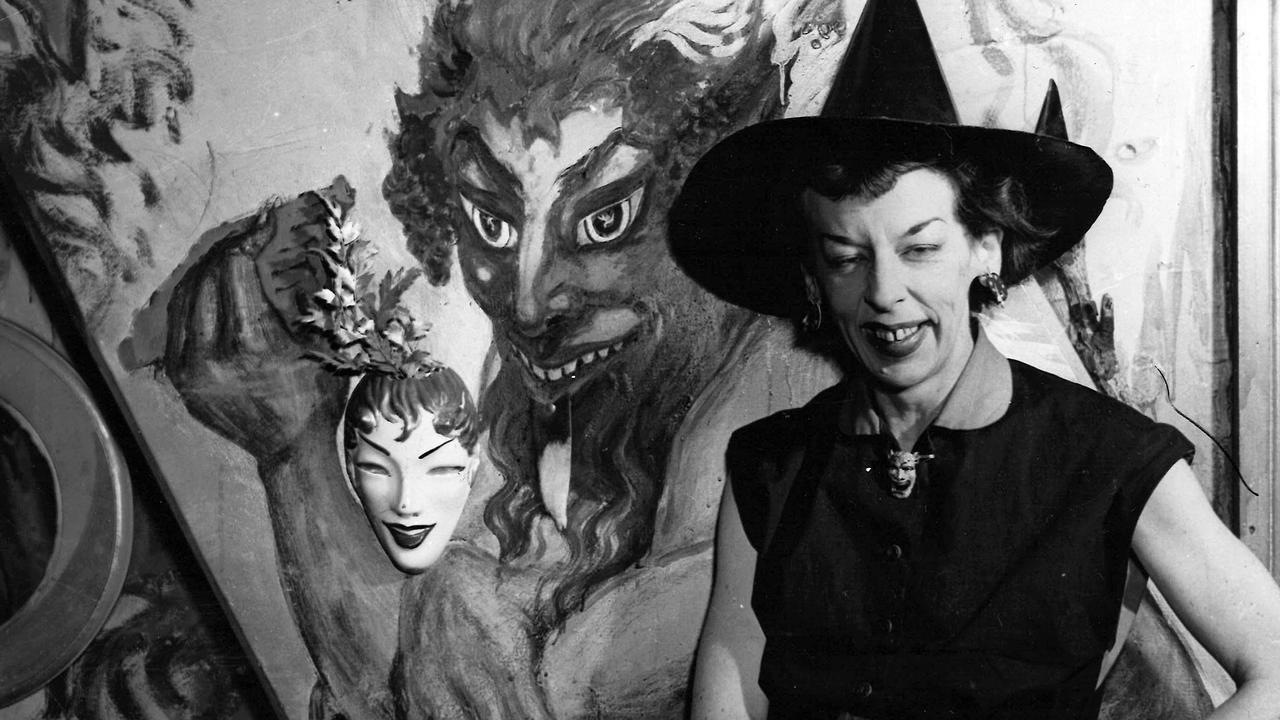Melbourne Cup: How Henry Byron Moore improved Flemington races
Entrepreneur and inventor Henry Byron Moore had a showman’s instincts and captured the public’s imagination, transforming the Cup into a world-renowned event.
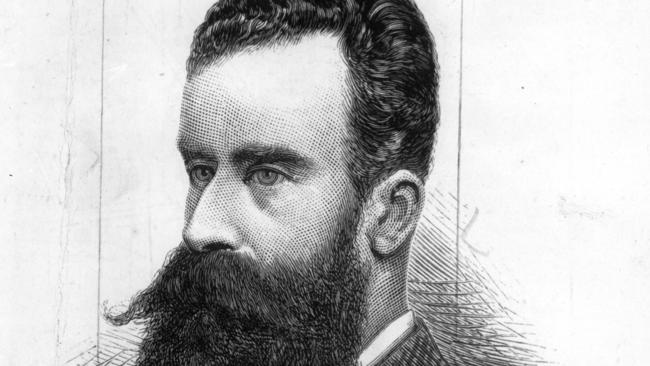
In Black and White
Don't miss out on the headlines from In Black and White. Followed categories will be added to My News.
Henry Byron Moore is credited as the man who made Flemington Racecourse famous and the Melbourne Cup fabulous.
As an entrepreneur and inventor with a showman’s instincts, he captured the public’s imagination and transformed the Cup into an unmissable event.
But despite being head of the Victoria Racing Club for 44 years, Moore was so indifferent to the sport that his favourite time was when the Cup was running – so he could go off for a cup of tea.
Moore’s story is told in this week’s episode of the free In Black and White podcast on Australia’s forgotten characters, with VRC consultant historian Andrew Lemon:
Moore was about 13 when his family came out from England during the 1850s gold rushes.
He worked as a surveyor and made his way up to head of the state department.
But he was sacked by the premier along with 400 other senior public servants in the 1878 “Black Wednesday” political crisis, and turned to private enterprise.
In 1880, he established Melbourne’s first telephone exchange, which was two years ahead of London, and introduced the first electric lighting in Melbourne in 1881.
As secretary of the VRC from 1881 until he retired in 1925 in his mid-80s, Moore was effectively head of both the club and Flemington Racecourse.
When the VRC committee knocked back his idea to buy land to expand Flemington, Moore bought it himself, then later resold it to the club for only what he paid.
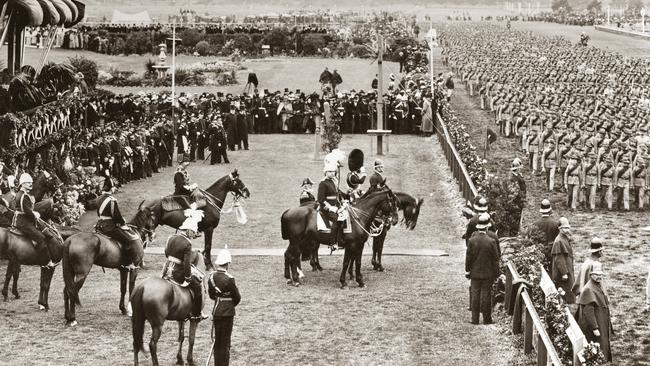
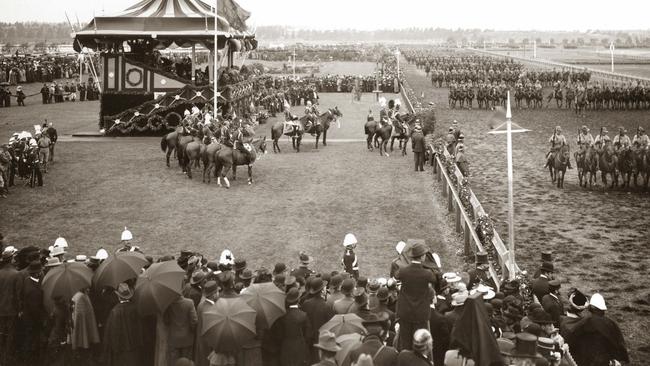
Dr Lemon says Moore invited journalists from the big newspapers for an annual media launch to showcase his latest wonderful additions to the racecourse and the Melbourne Cup.
As well as expanding Flemington, he enticed celebrities with free tickets, planted gardens including roses, and introduced an oyster bar, a Swiss chalet tea house and special amenities for women.
He dreamt up a bizarre mobile grandstand to whisk racegoers around the inside of the track as the horses thundered by in front of them, but it sadly never came to fruition.
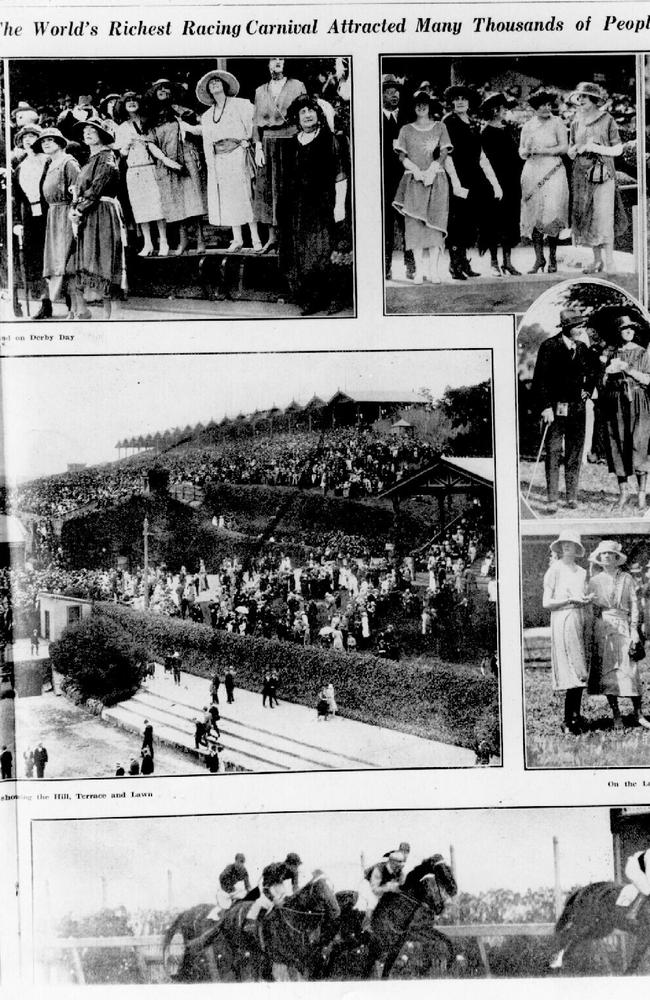
But despite devoting half his life to the sport, Moore wasn’t interested in racing or betting.
“They said that his favourite time was during the Melbourne Cup, because he could go and get a cup of tea,” Dr Lemon says.
“He wasn’t going to watch the race. He had three and a half minutes when nobody was going to bother him.
“He could just sit down and relax and that image of this tall, bearded, elegant figure having his cup of tea or just thinking his own thoughts for three and a half minutes – that’s a lovely one.”
To find out more, listen to the interview in the free In Black and White podcast on Apple Podcasts, Spotify or web.
See In Black & White in the Herald Sun newspaper every Friday for more stories and photos from Victoria’s past.




